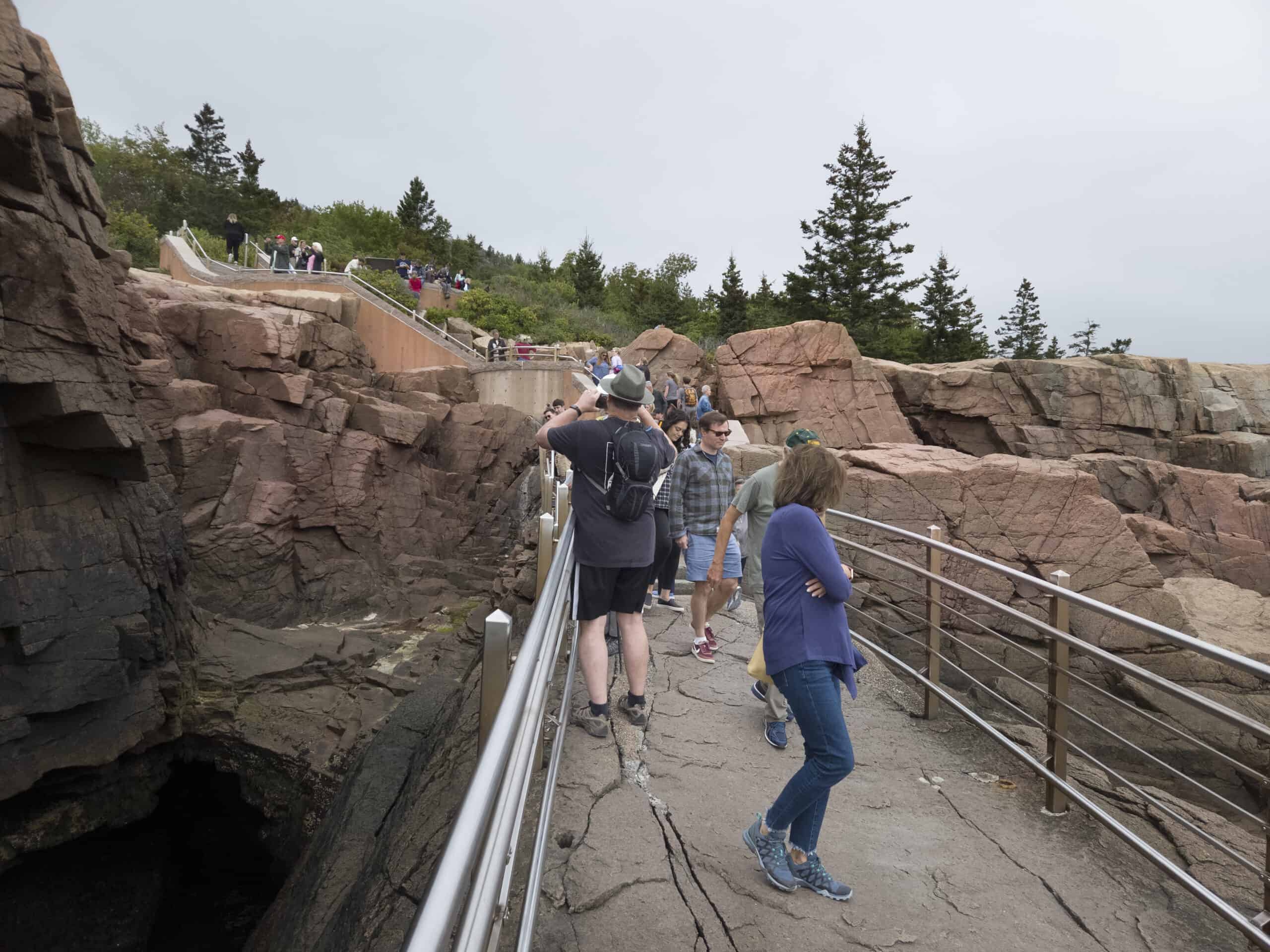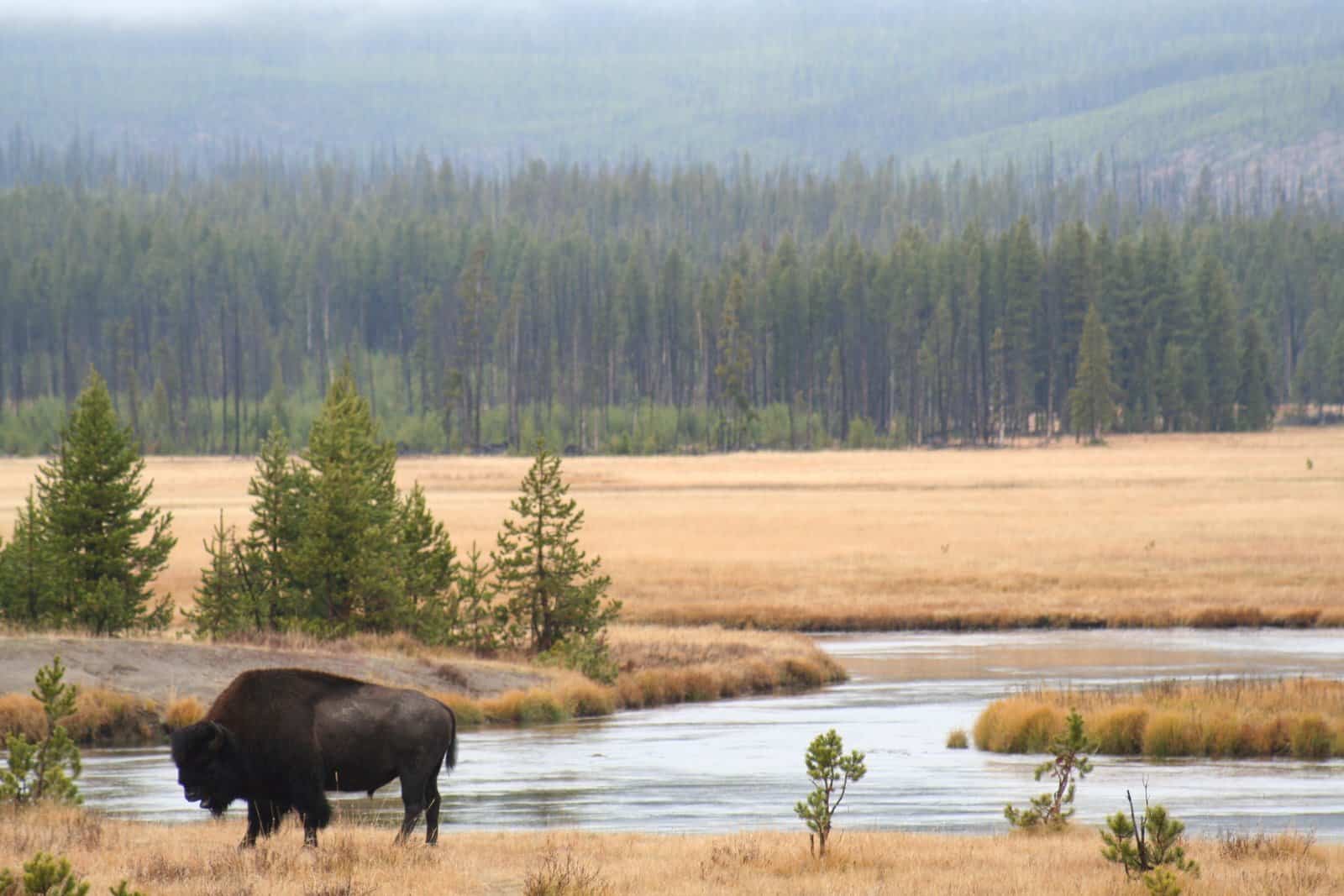Share this article
Pre-vet students heed call of wildlife
Many pre-veterinary students are developing a desire to study exotic or native wildlife species, shifting their usual focus on livestock or companion animals to become wildlife veterinarians.
“I wanted to be a small-animal veterinarian until I took a zoology class in high school,” said Ilissa Chasnick, from Grand Valley State University in Michigan. “The class opened my eyes to the amazing creatures of the world, aside from cats and dogs. With that class and my love for the outdoors, protecting species through their health sparked my interest in wildlife conservation medicine.”
Wildlife medicine treats, rehabilitates and conserves wild animal species. Vets protect wildlife populations, control diseases within them and study wild species to better understand their behavior and function. Exotic animal vets in clinics treat individuals, whereas field veterinarians aim to conserve populations.
The recent increase in pre-veterinary curiosity for and opportunities in the wildlife profession is crucial not only for conserving endangered species, but also for preventing zoonotic diseases. Wildlife vets work to keep new pathogens from emerging and older ones from spreading to humans or livestock. Threatened species at wildlife conservation sanctuaries, which research wildlife and diagnose and treat injured, sick or orphaned animals, depend on vets’ understanding of zoonotic diseases.
Pre-veterinary students often delve into wildlife as a professional option through their education. They may take ecology and conservation classes for their majors or vet school and seek internship or volunteer experience involving wildlife rehabilitation and treatment.
The American Pre-Veterinary Medical Association (APVMA), a student-led national organization spanning 80 registered clubs, stimulates undergraduate interest in veterinary medicine. The association runs a symposium hosted by a different veterinary college in the United States every year. These conferences show pre-veterinary students the diversity of the veterinary field through lectures, hands-on labs and networking opportunities. Guest lectures include wildlife experts who may explain their personal journey from vet school to their career as a zoological vet or demonstrate how to repair a fractured turtle shell.
Pre-veterinary students also enjoy raising their community’s awareness of wildlife to encourage others to contribute to wild animals’ welfare.
“The most important way I help wildlife is through educating children during the summer,” said Alexa Levin, another pre-veterinary student at Grand Valley State University. “Teaching the younger community about being kind to animals gives me hope that future wildlife will be taken care of.”
 Mackenzie Shannon is a 3rd-year undergraduate biology student at Grand Valley State University in Allendale, Mich. She serves as the treasurer of the American Pre-Veterinary Medical Association and is a veterinary assistant at Mapleview Animal Hospital in Holland, Mich. She is also a certified 4H leader in Ottawa County.
Mackenzie Shannon is a 3rd-year undergraduate biology student at Grand Valley State University in Allendale, Mich. She serves as the treasurer of the American Pre-Veterinary Medical Association and is a veterinary assistant at Mapleview Animal Hospital in Holland, Mich. She is also a certified 4H leader in Ottawa County.
 Hunter Walker is a certified veterinary assistant and a 3rd-year undergraduate biology student at the University of South Florida-St. Petersburg. She serves as vice president of USFSP’s Pre-Veterinary Society and secretary of the American Pre-Veterinary Medical Association.
Hunter Walker is a certified veterinary assistant and a 3rd-year undergraduate biology student at the University of South Florida-St. Petersburg. She serves as vice president of USFSP’s Pre-Veterinary Society and secretary of the American Pre-Veterinary Medical Association.
Header Image: The Grand Valley State University Pre-Vet Club, located in Allendale, Mich., is composed of students who may one day become wildlife veterinarians. ©Brianna Powell








